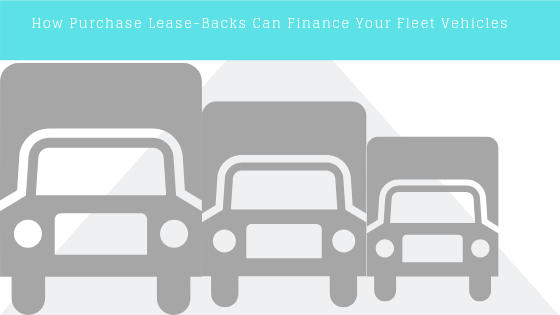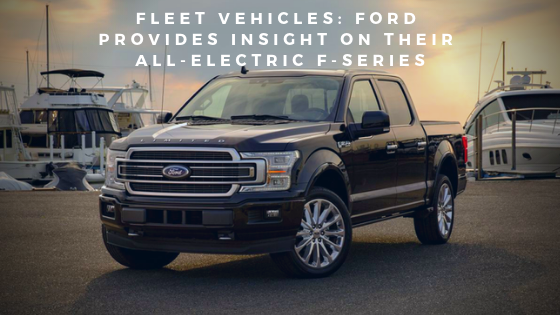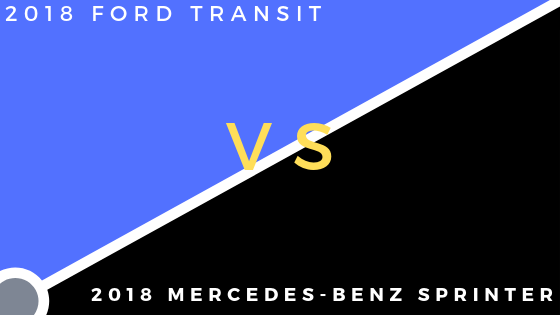How Purchase Lease-Backs Can Finance Your Fleet Vehicles
According to Corcentric’s, Patrick Gaskins and Mike Hamilton, lease-back transactions are when an asset owner sells the asset and leases it back to the buyer. To a certain extent, the lease-back operates similarly to a loan. Once you make a deal, a lease-back has defined payment periods and amounts.
To put it simply, a lease-back is when you sell your vehicle and then rent it back from the person. A lease-back is a good idea for companies that need vehicles. However, they’re also great for opening up money for other business investments.
Below, we provide you with 5 purchase lease-back examples for Fleet companies from Patrick Gaskins and Mike Hamilton.
How Purchase Lease-Backs Can Finance Your Fleet Vehicles
- Let’s say new truck sales are doing very well. However, used inventory is still a bit shallow. A lease-back would be a good option for you. You can exit the asset while the market is still doing well. You can manage your total operating costs prior to the used vehicle correction– which lowers most of the risk.
- Let’s say Company D buys out Company C, and Company C has full-service lease assets. However, Company D does not want them because it has its own maintenance shops. You’d then create a purchase lease-back for the equipment to be purchased, and then lease-back to Company D. This removes any operational problem with outsourcing maintenance.
- Through a variety of deals and purchases, a company acquires several assets covered under many financial programs (fair-market value leasing, full-service leasing, and terminal rental adjustment clause lease). The company can get all of their finances under one roof by setting up a purchase lease-back.
- A company may have discovered that the assets they acquired don’t fit in with their trade cycle. If they were to use lease-back, the older assets can be removed, the fleet can get refreshed, and the average age of the vehicle will be reduced.
- If a company gets a great deal of new business and requires a bit more equipment, it would be pretty challenging to get the new stuff fast enough. However, the company may need to purchase used equipment to meet the demands of the new customers. If they use a lease-back, the payment terms of the used-equipment could be set up to correspond with the new truck delivery when it arrives.
How Purchase Lease-Backs Can Finance Your Fleet Vehicles
Purchase lease-backs can offer quite a bit of value to Fleet businesses; however, it’s not always the best choice. If the purchase of an asset is going to be too expensive for an acceptable residual in the established disposal period, then you should get a purchase lease-back. Beyond that, if the interest rates spike upwards to 8-9%, then the increased expense to refinance the asset doesn’t justify a purchase lease-back.
Overall, a purchase lease-back can assist Fleet businesses to manage the life cycles of their assets. If a Fleet business has assets that are 1-6 years old, but its target replacement period is 5 years, then the following could happen:
- Sell vehicles that are 6+ years old.
- Create short-term leases on assets that are between 4 and 5 years old.
- Set up a 5-year lease on brand new assets.
- Replace 6-year-old assets with new equipment.
As a result, the fleet business could create replacement cycles for their assets that mirror their goals and provide money savings.
With the way the market is looking, today, purchase lease-backs are a pretty solid option, whether it’s an operational problem, a need for cash, or to protect themselves from the drops in residual value, or even achieving life cycle goals for assets.
The Sprinter Center Can Help Fleet Businesses: How Purchase Lease-Backs Can Finance Your Fleet Vehicles
Whether you own the vehicles or already have a purchase lease-back in place, The Sprinter Center can help maintain your fleet vehicles for years to come. We have specialized shops and technicians ready to help you. Contact The Sprinter Center for any questions you may have about fleet vehicle maintenance!





